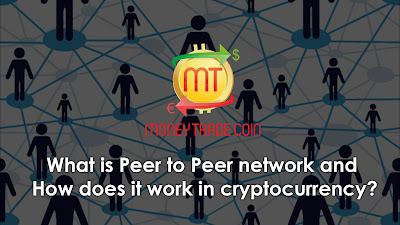Energy has been depicted as a basic need in human life. Technological evolution resulted in producing various advance machines that consume a lot of energy, leading to energy shortage and an eventual energy crisis, one of the best examples of this process is Bitcoin Mining.
Reason For The Entire Buzz in Bitcoin Trading:
Bitcoin is not just making headlines for constant upward trajectory but is also in a buzz for its excelling energy consumption. In the period of just one-month, Bitcoin power consumption value increased by 30 percent, according to the Digiconomists. Numerous leading news portals have highlighted the adverse consequences of increasing rate of bitcoin mining process.
High Energy Consumption Leading to Energy Outrage:
Bitcoin mining requires high computational power that nearly equals to 29.05 TWh (terawatt, hours) annually, which is more than consumption of 159 individual countries in the world and comes around 0.13 percent of total global energy consumption. The ascending graph of Bitcoin price is giving way to an increase in energy consumption that is used to mine more Bitcoins. It is predicted that if the rate of Bitcoin mining increases at the same pace, it will consume the entire global energy to the fullest extent by mid-2020.
Money Trade Coin, A Much Better Option:
On the other hand, Money Trade Coin mining makes use of the autonomous mining process at lower cost with quicker time and minimal energy. This latest technology is made to reduce the consumption of energy and helps to conserve energy globally. With an understanding of its corporate environmental responsibility, Money Trade Coins abstain from damaging the environment and contribute in preventing the world from the future energy crisis.
Support Money Trade Coin to cherish the earth through Energy Conservation.






